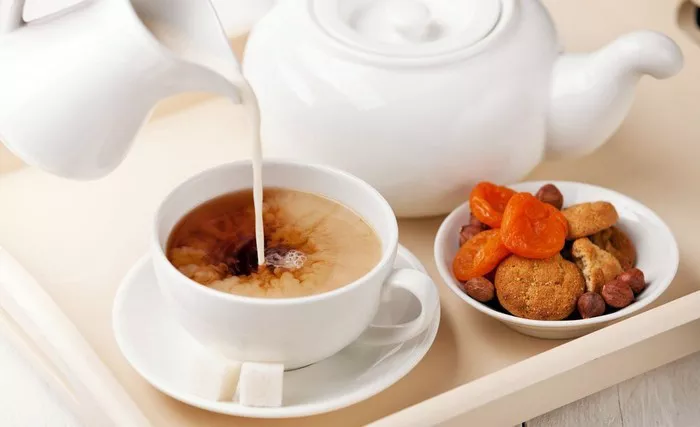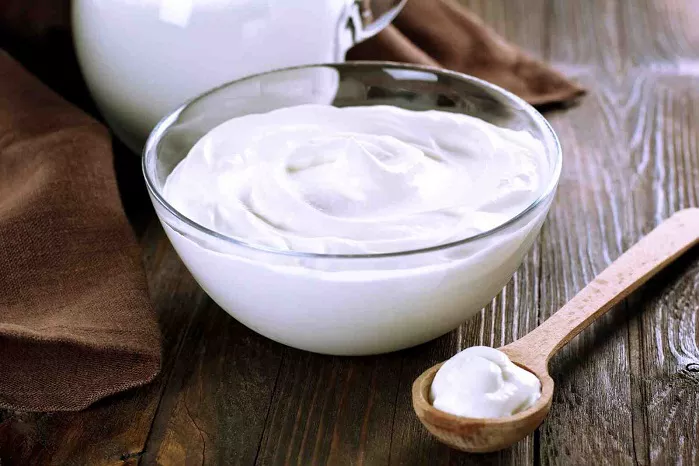In the daily ritual of steeping tea or brewing coffee, a fascinating revelation emerges – the potential to unearth much more from the discarded leaves and grounds than previously imagined. Recent research hints at the untapped treasures hidden within these remnants, shedding light on the remarkable possibilities they offer.
A groundbreaking study, spearheaded by researchers at King Faisal University in Saudi Arabia, unveils an intriguing culinary innovation: the incorporation of used coffee grounds or tea leaves into cake recipes. Surprisingly, this culinary experiment not only elevates the nutritional content of the resulting baked goods but also extends their shelf life.
The researchers elaborate on their findings, stating, “By incorporating spent tea and coffee powders into the sponge cake blend, the nutritional value of the cake can be enhanced, providing additional health benefits to consumers. The presence of bioactive compounds in the powders also contributes to the potential antioxidant activity… and delays microbial growth during storage.”
Tea and coffee are indisputably among the world’s most beloved beverages, offering a daily dose of anti-inflammatory agents, antioxidants, dietary fiber, and even bioactive compounds renowned for their cognitive and cardiovascular benefits. However, a startling fact emerges – the conventional preparation of these beverages generates a staggering 90 percent waste, destined for landfills.
In recent years, scientists have embarked on an exploration of inventive ways to repurpose this waste. Recent discoveries have ranged from enhancing construction materials by infusing charred coffee grounds into cement, resulting in a 30 percent increase in strength, to fortifying food products.
The transformative potential of tea and coffee waste extends beyond culinary applications, promising a more sustainable and resourceful future. As researchers continue to unveil the hidden virtues of these discarded remnants, the possibilities for innovation appear boundless, offering a tantalizing glimpse into a world where waste becomes a source of both flavor and sustenance.


























